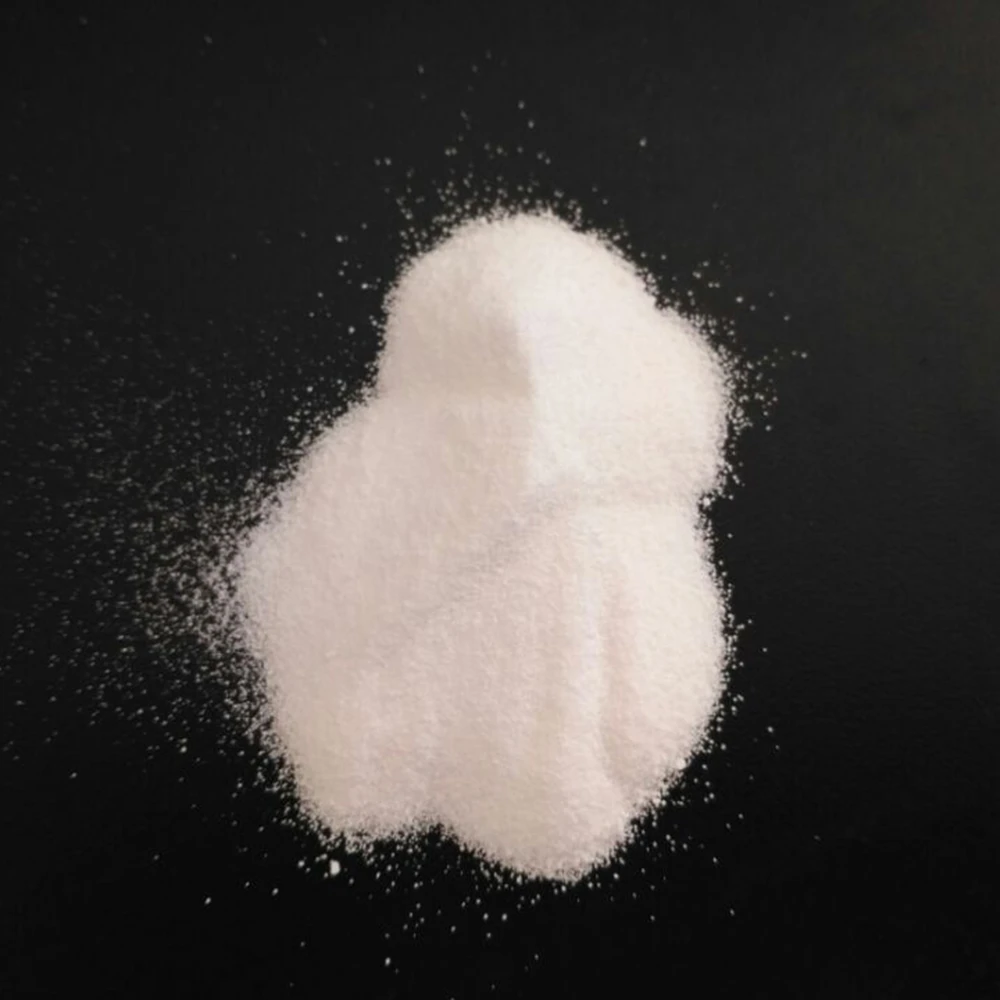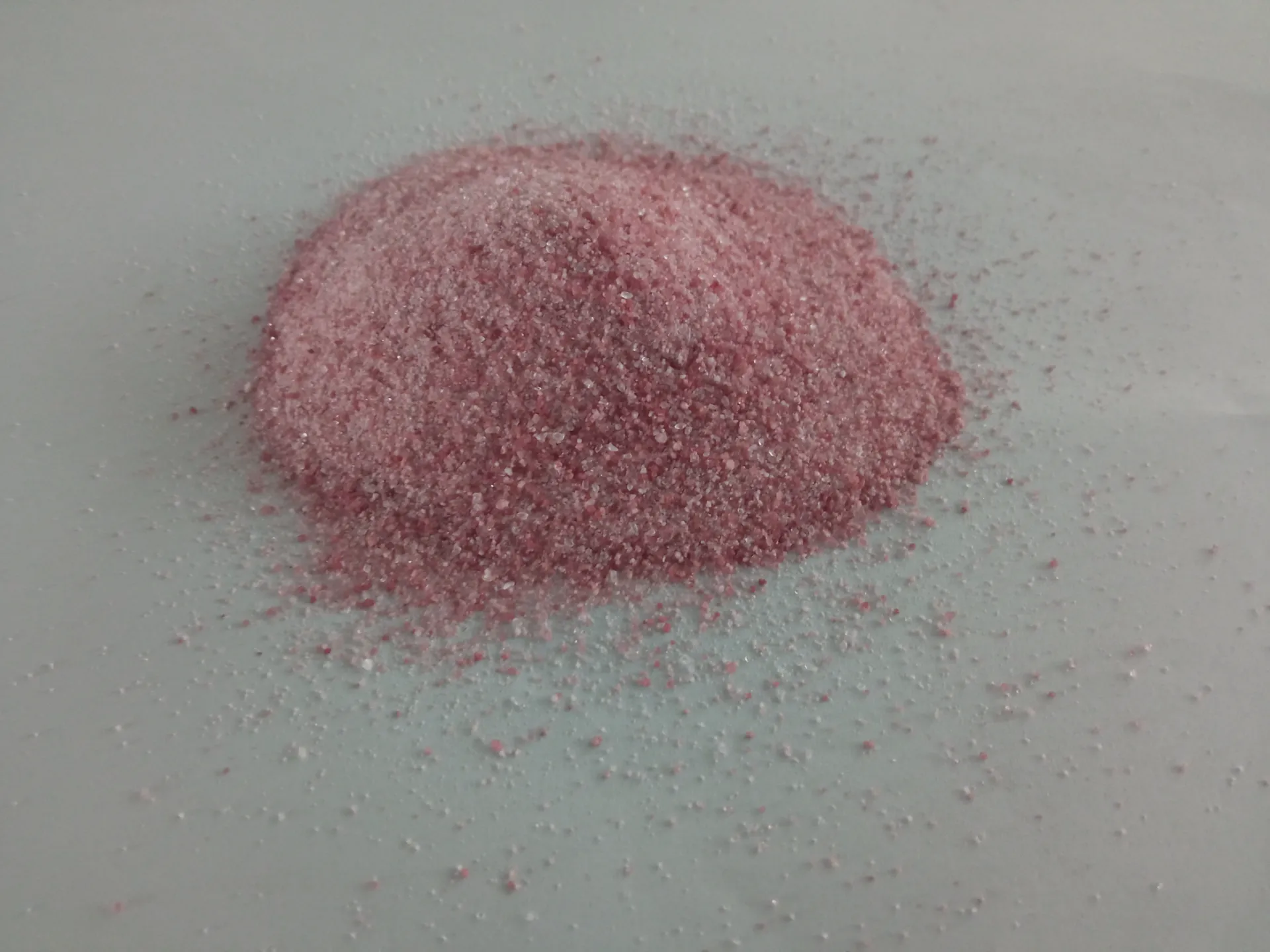



swimming pool disinfection methods
ஜன . 16, 2025 00:41
Back to list
swimming pool disinfection methods
Swimming pool disinfection is of paramount importance to ensure a safe and enjoyable swimming environment. With a plethora of disinfection methods available, it's crucial to choose the right one that not only eradicates harmful pathogens but also maintains water quality without adverse effects on swimmers’ health. This comprehensive guide delves into various innovative and traditional disinfection techniques, focusing on their efficacy, advantages, and potential drawbacks.
The implementation of UV (ultraviolet) light systems presents another modern approach to pool disinfection. UV systems involve passing pool water through a chamber exposed to ultraviolet light, effectively destroying microorganisms by disrupting their DNA. This chemical-free method serves as a powerful secondary disinfection system that significantly reduces the reliance on chemical sanitizers. While highly effective, these systems do require a high upfront cost and regular maintenance, including lamp replacement. Ozone treatment, though less common, offers an efficient supplementary method for enhancing pool sanitation. Ozone generators introduce ozone gas into the water, which reacts with a variety of organic and inorganic substances, effectively breaking them down. This method, similar to UV, reduces dependency on chemical disinfectants and results in fewer by-products. The challenge with ozone is its instability, requiring continuous generation to maintain effectiveness, along with potentially higher operational costs. Lastly, the rise of AOP (Advanced Oxidation Process) technology is gaining traction for its superior disinfection capabilities. AOP is an integration of UV and ozone, which produces hydroxyl radicals, among the most potent oxidants available. This method guarantees the degradation of even the most resistant microorganisms and contaminants. Yet, akin to UV and ozone systems, AOP technologies demand substantial financial investment and ongoing maintenance. When choosing a swimming pool disinfection method, it's essential to consider factors such as pool size, usage frequency, and budget constraints. Balancing these alongside the health and safety of swimmers will ensure a clean, enjoyable aquatic space. The future of pool disinfection undoubtedly lies in integrating traditional methods with innovative technologies to optimize both safety and sustainability.


The implementation of UV (ultraviolet) light systems presents another modern approach to pool disinfection. UV systems involve passing pool water through a chamber exposed to ultraviolet light, effectively destroying microorganisms by disrupting their DNA. This chemical-free method serves as a powerful secondary disinfection system that significantly reduces the reliance on chemical sanitizers. While highly effective, these systems do require a high upfront cost and regular maintenance, including lamp replacement. Ozone treatment, though less common, offers an efficient supplementary method for enhancing pool sanitation. Ozone generators introduce ozone gas into the water, which reacts with a variety of organic and inorganic substances, effectively breaking them down. This method, similar to UV, reduces dependency on chemical disinfectants and results in fewer by-products. The challenge with ozone is its instability, requiring continuous generation to maintain effectiveness, along with potentially higher operational costs. Lastly, the rise of AOP (Advanced Oxidation Process) technology is gaining traction for its superior disinfection capabilities. AOP is an integration of UV and ozone, which produces hydroxyl radicals, among the most potent oxidants available. This method guarantees the degradation of even the most resistant microorganisms and contaminants. Yet, akin to UV and ozone systems, AOP technologies demand substantial financial investment and ongoing maintenance. When choosing a swimming pool disinfection method, it's essential to consider factors such as pool size, usage frequency, and budget constraints. Balancing these alongside the health and safety of swimmers will ensure a clean, enjoyable aquatic space. The future of pool disinfection undoubtedly lies in integrating traditional methods with innovative technologies to optimize both safety and sustainability.
Latest news
-
Why Sodium Persulfate Is Everywhere NowNewsJul.07,2025
-
Why Polyacrylamide Is in High DemandNewsJul.07,2025
-
Understanding Paint Chemicals and Their ApplicationsNewsJul.07,2025
-
Smart Use Of Mining ChemicalsNewsJul.07,2025
-
Practical Uses of Potassium MonopersulfateNewsJul.07,2025
-
Agrochemicals In Real FarmingNewsJul.07,2025
-
Sodium Chlorite Hot UsesNewsJul.01,2025










